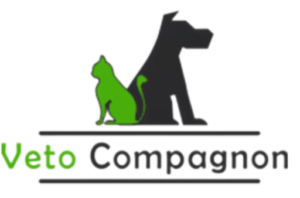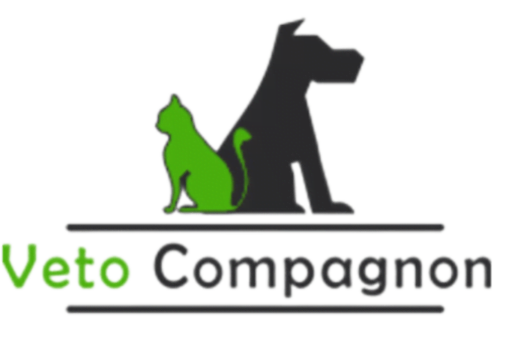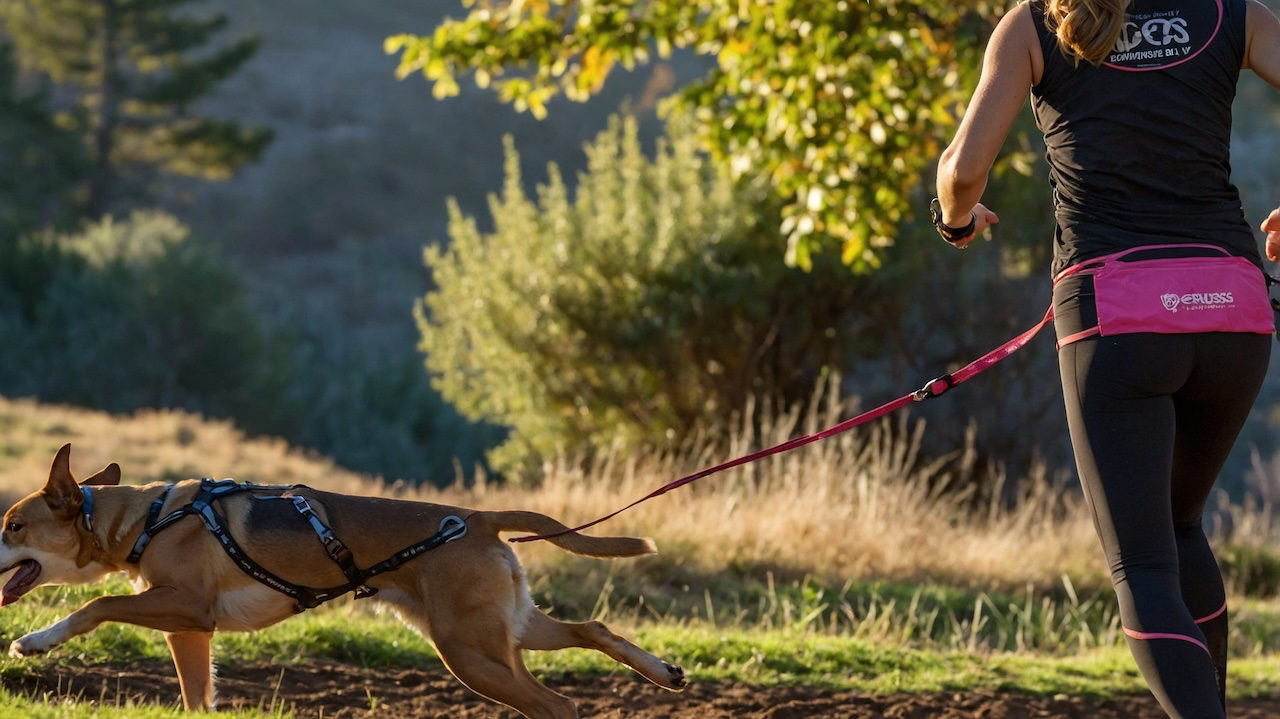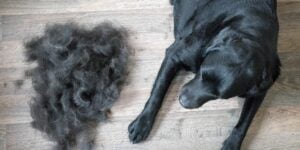Canicross is much more than just jogging with your dog. It's a real moment of complicity, sharing, and sport. For everything to go well and for your four-legged companion to have as much fun as you do, it is essential to choose the right one. Canicross harness. Because a good harness is not just an accessory: this is what guarantees the comfort and safety of your dog. So, how to make the right choice among all available options? Here are some tips to help you see more clearly.
Understanding the importance of harness
The harness is central equipment to practice canicross. Unlike a collar, which can injure and exert pressure on the throat, the harness allows to distribute traction throughout the animal's body. Imagine: if you run with a leash hanging on a collar, each sudden movement could quickly become unpleasant for your dog, or even dangerous. The harness is designed to follow the morphology of your companion, allowing him to run alongside you without discomfort or pain.
There are several types of harnesses, and choosing the right one is crucial. This may seem complicated at first – there are so many models! But don't panic. Once you have in mind the key elements to check, everything becomes much simpler. Take your time, and you will find the one that will suit your dog perfectly.
Different types of harnesses for canicross
Before buying a harness, you must know the main categories. There are essentially three types of harness adapted to canicross: Y-sharvets, H-sharvets, and long traction harnesses. Each model has its specifics, and it is important to understand them well to make the right choice, adapted to your dog and the practice you are considering.
The Y harness: comfort and versatility
The Y harness, as its name indicates, forms a Y at the front of your dog. This type of harness is ideal for dogs starting in canicross or for those who do not exercise too much traction. It offers good freedom of movement and is often seen as a good compromise between comfort and performance.
This harness is also versatile: you can use it for other activities, such as walking or hiking. If you are not yet sure about your dog's commitment to discipline, this is an excellent option to start. You test, you see how it reacts, and you adjust as you go.
H harness: a better distribution of traction
The H harness, for its part, is designed to distribute traction over the entire body of the animal. It is particularly suitable for large dogs or those who tend to shoot hard. It offers good stability and avoids the risk of injury due to poorly distributed traction.
An important point to check, however, is adjustment. A well-fitted harness, too loose or too tight, can be as uncomfortable as a necklace. Make sure that the harness is well adjusted, that it is neither too tight nor too loose, and that it allows your dog to run without being embarrassed. Your dog must be able to move freely, without coercion.
The long traction harness: for canicross fans
For those who practice canicross more intensively, the long pull harness is often recommended. This model is designed specifically to allow the dog to shoot without injury. It is perfect for dogs who like to be in the lead and who exercise continuous traction during the race.
The harness follows the back line, distributing the force optimally. This is ideal for competitors or those who want to practice regularly with intensity. However, this harness is not necessarily the most versatile. It is really designed for traction, so for other daily activities it will be less convenient. It's for sports, then!
The essential criteria for choosing well
In addition to the type of harness, other criteria should be taken into account. The first is obviously the size. A harness must be adjusted to your dog's morphology. Take the time to measure your dog correctly, including the chest and neck, to make sure you make the right choice.
Then think about comfort. The harness must be well padded, especially at the main contact points such as the chest and shoulders. Why? Because these areas are under the greatest pressure. If your dog is embarrassed, it may lose interest in activity. And this is really the last thing you want. So check the reinforcements, make sure there's no annoying friction.
Finally, the quality of materials is also important. The harness must be robust, but not too heavy. The straps must be resistant, the seams solid, and ideally, the harness should be easy to thread and remove. Because we all know: there's nothing more frustrating than to lose ten minutes trying to put on the harness while your dog is already ready to run.
Some tips to get the canicross started
You found the perfect harness? Great! Now it's time to run. But take it easy. If your dog has never run with a traction harness, it will need time to get used to it. Start with small sessions, let him understand the feeling of traction, and above all, be patient. The important thing is that this is a moment of pleasure for him.
Canicross must remain a pleasant activity for you and your dog alike. Watch it carefully: if it seems tired or uncomfortable, take a break. The key is to go at his own pace. And don't forget the rewards after each session: a treat, a caress, words of encouragement. It works every time to maintain his motivation.
In short, choosing a harness to do canicross with your dog is not just a matter of comfort. It is also a proof of attention and respect for your companion. A good harness will allow him to run alongside you with pleasure, without discomfort or pain. Take the time to choose well, try different models if necessary, and adjust it perfectly. Once well equipped, canicross will become a moment of shared happiness, a moment of complicity where we forget everything except the pleasure of running together.





